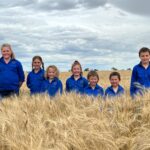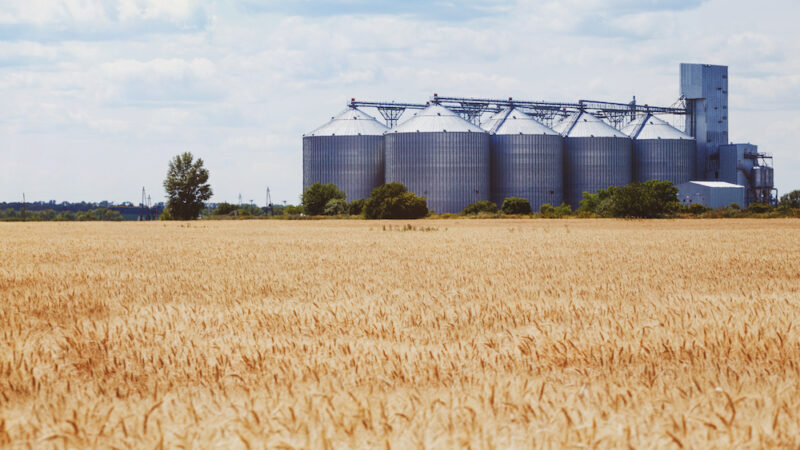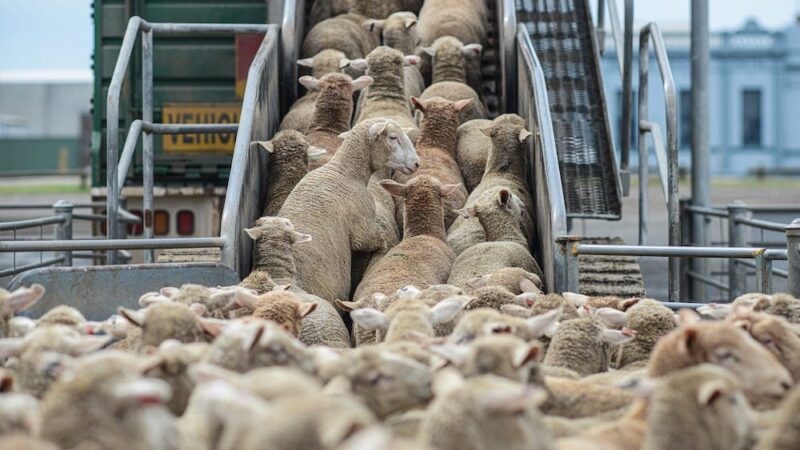Seven Students. 85 Hectares. Three Years. 170 tonnes of wheat. A cropping project like no…
State election: targetting feeding the future
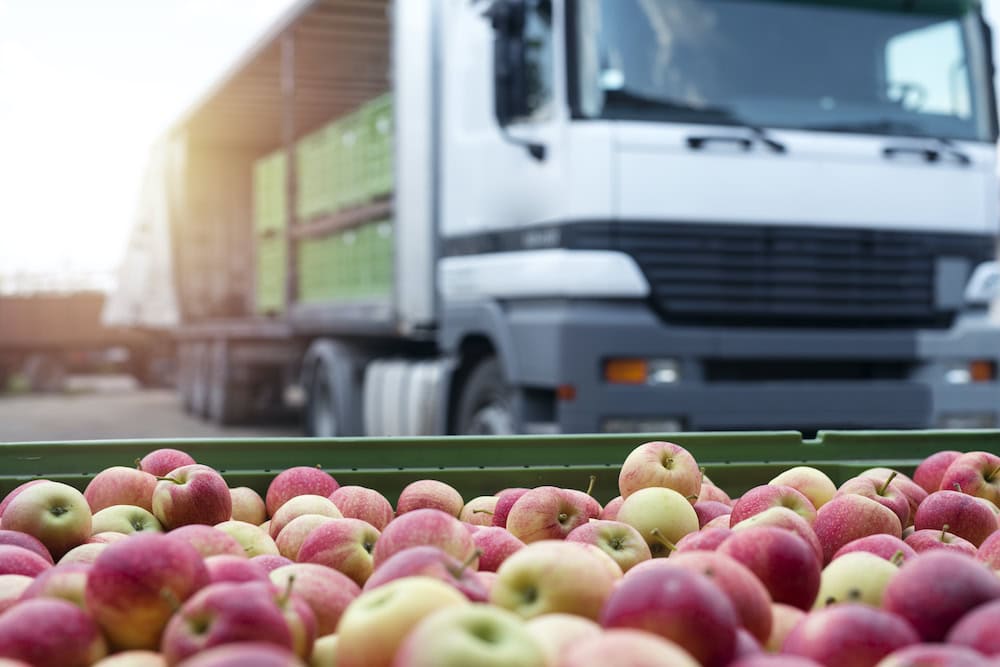
Titled Feeding the Future: A stronger outlook for farmers and the state, the NSW Farmers state election campaign looks at how industry and government can partner for a more food secure future.
Food access and supply are becoming bigger issues, particularly with supply chain disruptions and the high cost of living. Even in a wealthy country such as Australia, food security is not guaranteed; the latest Foodbank Hunger Report reveals only 55 per cent of Australians consider themselves highly food secure while two million people experienced severe food insecurity in 2022.

NSW Farmers has argued that agricultural productivity is about more than farmers and the communities they are part of; it is also about the innumerable consumers that rely on them for local food and fibre production. NSW Farmers has drawn on its membership and policy experts to identify road and rail infrastructure, biosecurity, farm productivity, workforce, and land use pressures as the five key areas where work is needed to strengthen the long-term success of agricultural production in the state.
Road and Rail Infrastructure
Ongoing flooding and wet weather conditions have put many regional roads into a state of disrepair. NSW Farmers has called for more sustainable funding for councils to undertake repair work on local roads, deeming the current grants system inadequate.
Chair of the Rural Affairs Committee, Deb Charlton, said councils needed funding certainty to undertake this critical work.
�The rolling flooding events have been disastrous for roads, but there is now an opportunity to fix the roads properly and make sure they can withstand future events.�
Chair of the Rural Affairs Committee, Deb Charlton.
Chair of the Business, Economics and Trade (BEAT) Committee and Lowther farmer, John Lowe, agrees.

�It�s difficult for councils to do this work properly when they have to apply for the funding, and then they might be facing labour and material shortages as well,� John says.
In October last year, NSW Farmers had a significant advocacy win when legislation to remove an anti-competitive deed relating to the Port of Newcastle was passed. The port is no longer penalised for exceeding 50,000 containers in a year, making way for a new container terminal.
Chair of the NSW Farmers Grains Committee and Howlong farmer, Justin Everitt, said this was a significant win for farmers, particularly grain growers in the north of the state.
�We have had successive bumper crops, but we have been caught off-guard by not having the infrastructure in place to get all our produce off to export. The state needs to be better prepared for boom cycles and expanding reliance on rail is a welcome thing.�
Chair of the NSW Farmers Grains Committee and Howlong farmer, Justin Everitt.
Last year, NSW Farmers established the new Modernising Rail Infrastructure Taskforce to look at the rail opportunities across the state. At its helm is Moree grain grower Matthew Madden, who said the government needed to look at the rail connections to the state�s three ports � Port of Newcastle, Port Kembla and Port Botany.
“The world�s best performing ports have turnaround times more than three times faster than Australian ports, including Sydney, so it�s high time we look at the connecting infrastructure more closely,� Matthew says.
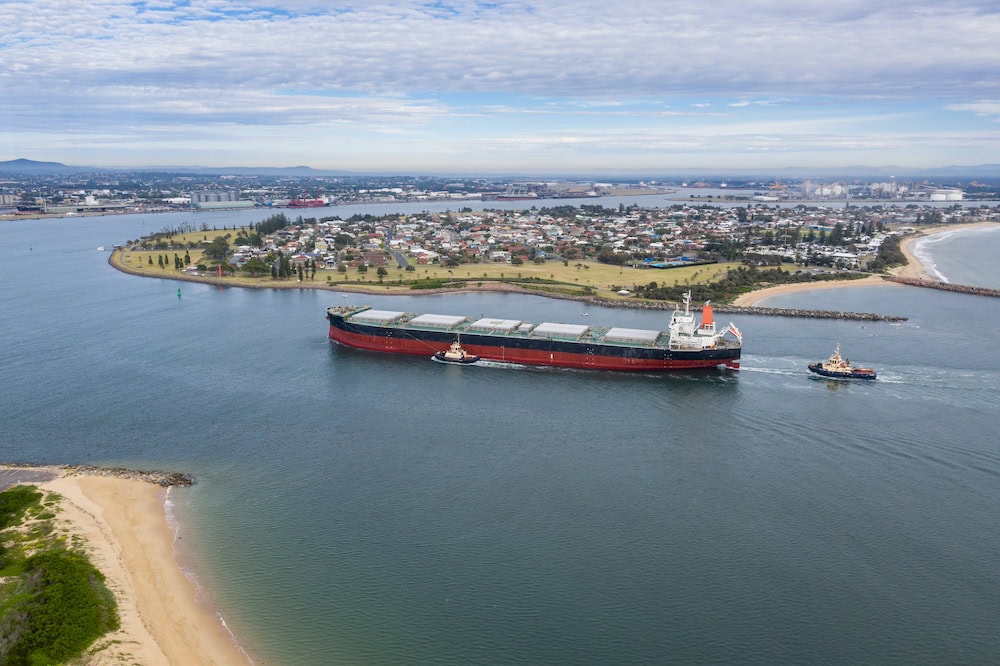
Big year for biosecurity
Last year was a big year for biosecurity, with localised outbreaks of varroa mite, QX disease and Japanese encephalitis. But the threat of foot and mouth disease spreading here from hotspots such as Bali was what captured headlines and triggered a strong government response.
In light of this threat, the NSW Government announced in July that the sheep and goat industries would be transitioning to a new traceability system, with electronic identification at the centre of the reform.
Speaking on behalf of the NSW Farmers Sheepmeat and Wool committees, Jenny Bradley said the reform process needed to recognise the significant costs associated with the changes.
�Farmers cannot be expected to shoulder this on their own, and we are calling for a realistic transition period and a support package that looks at cost-sharing across the entire supply chain.�
NSW Farmers Sheepmeat and Wool committees, Jenny Bradley.
NSW Farmers has emphasised that biosecurity is not just about keeping risks at bay, but also about the pests and weeds in our own backyard.
Headlining this is a request for an independent Natural Resource Regulator to enforce planned management of public lands including National Parks and Crown lands.
Conservation, Resource and Management committee chair Louise Burge said that despite there being requirements for management of public lands, they were often not being met.
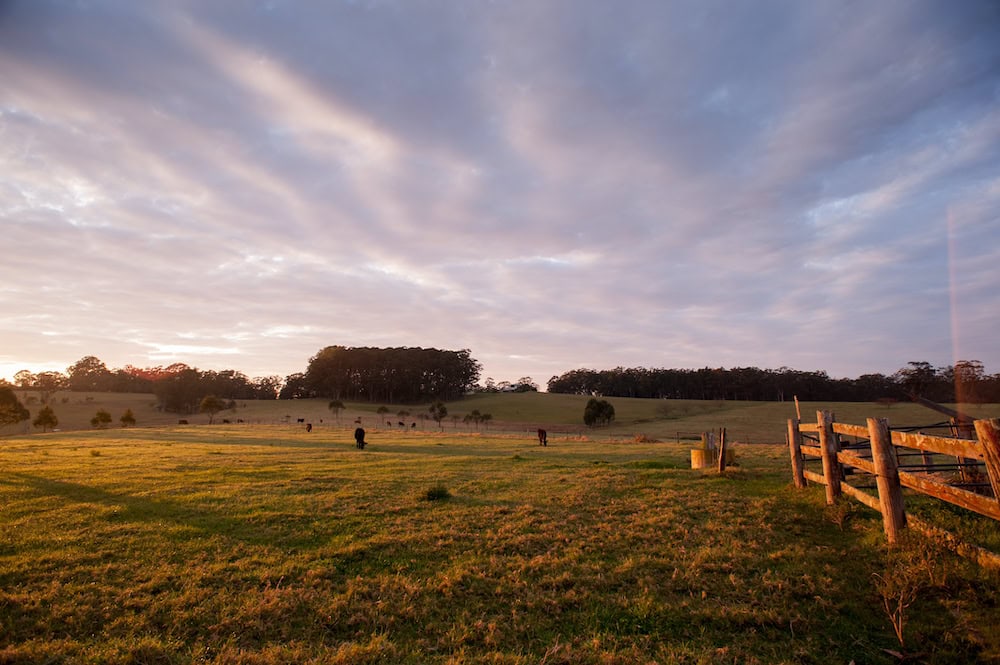
�Farmers neighbouring public lands are being impacted by the threat of pests and weeds coming from over the fence, and it�s time public authorities are held to higher account for their management of these threats,� Louise says.
Ian McColl, chair of the NSW Farmers Biosecurity Committee, said NSW Farmers had been advocating for stronger biosecurity systems underpinned by sustainable funding for some time now.
�It�s good to see funding dedicated to this important issue but it is critical that this funding is sustainable and not just injected when there�s a major threat.�
Issue with the workforce
Agriculture is among the sectors heavily impacted by worker shortages in the wake of Covid-19. A slump in global migration � including a loss of two thirds of the backpackers in Australia before the pandemic � has hurt agricultural businesses, particularly those reliant on seasonal labour.
Apple grower and chair of the NSW Farmers Horticulture Committee, Guy Gaeta, said better coordination of harvest workers was needed.
�NSW needs to be seen as the destination of choice for backpackers and seasonal workers, and we need a strategy for attracting, retaining and coordinating these workers, such as an extension of Help Harvest,� Guy says.
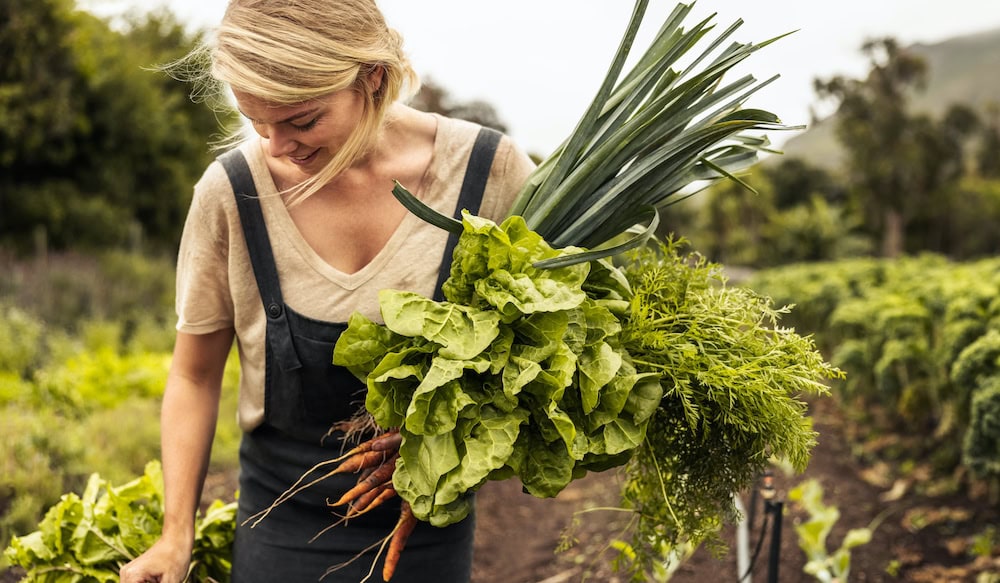
According to Justin Everitt, securing the workers is one thing, whereas housing them is another.
The Grains Committee chair said key growing regions such as Moree were facing situations where job vacancies far outpaced rental vacancies.
�Rural livability is a huge aspect of finding a reliable agricultural workforce, and in the short-term that�s about delivering more affordable housing in rural and regional areas,� Justin says.
Farm Productivity
Farm businesses are abnormally exposed to external factors such as climate variability, high energy and input costs, and labour availability � many of which have come to a head over the past year.
But according to BEAT committee chair John Lowe, these businesses will be increasingly impacted by shifting market trends such as consumer sentiment changes and a push to meet environmental, social and governance (ESG) credentials, especially by the finance sector.
�It�s critical that agriculture isn�t burdened with inefficient taxes or legislative requirements to meet climate and environmental targets,� John says.
�Instead, we need investment in research and development to find technological efficiencies and practical solutions to climate change and emissions reduction.�
BEAT committee chair John Lowe.
In its platform, NSW Farmers is calling for the establishment of a dedicated Climate and Emissions Reduction Innovation Fund to help find emissions reduction solutions on farms.
Chair of the NSW Farmers Young Farmer Council, Mitch Hyett, said talking about the ongoing productivity of agriculture was redundant without addressing how the next generation of farmers would be fostered.
�Getting your foot in the farm property ladder is difficult and could be seen as a deterrent for industry entrants or those considering farming,� Mitch says.
�Strategies to help new young farmers enter agriculture, such as business capability initiatives, stamp duty rebates, and low documentation loans through the Farm Innovation Fund, need to be explored.�
Water is key to farm productivity and the NSW Farmers Dairy Committee is calling for further changes to coastal harvestable rights to maximise agricultural opportunity and build resilience for drier times.
Head of the committee, Colin Thompson, said an increase from 30 per cent to 40 per cent across intensive and extensive industries was needed.
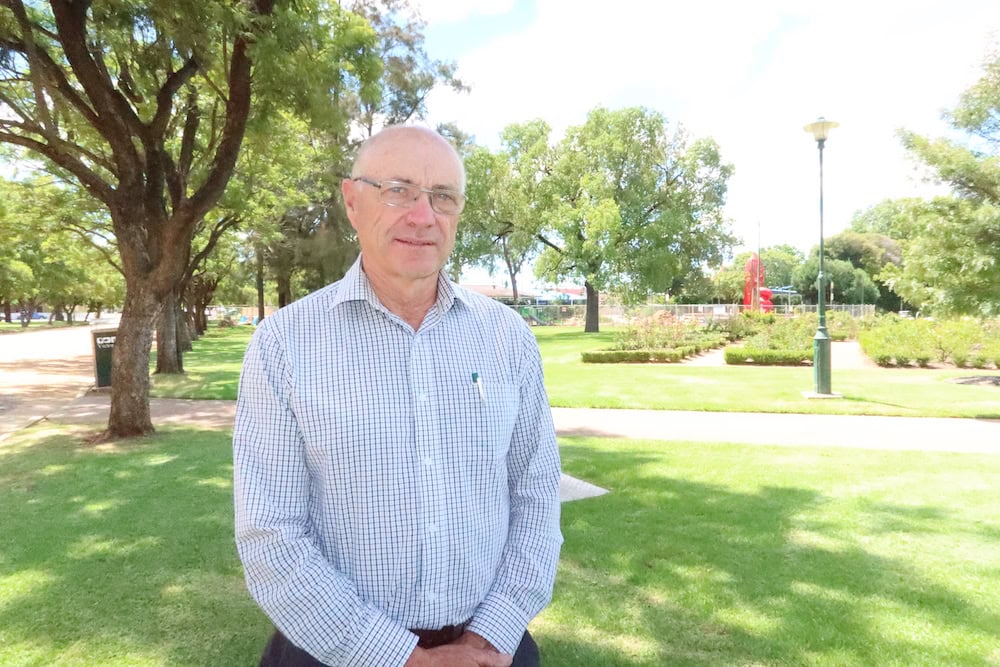
�A big part of farming is preparing for what�s around the corner, and this increase could be a game-changer for farmers down the road,� Colin says.
Land Use Pressures
A longstanding advocacy priority for NSW Farmers has been to secure a land use planning strategy that recognises the need to protect the future use of strategic agricultural land.
NSW Farmers led calls for the state�s first Agriculture Commissioner prior to the 2019 state election. Now the group is calling for this role to be made statutory, and for the establishment of an Agriculture Commission, with an immediate priority to get the state�s land use planning system fit for purpose.
The renewable energy transition is also placing pressure on farming land. Five Renewable Energy Zones planned or underway across the state, as well as the linear infrastructure needed to connect these zones to the grid.
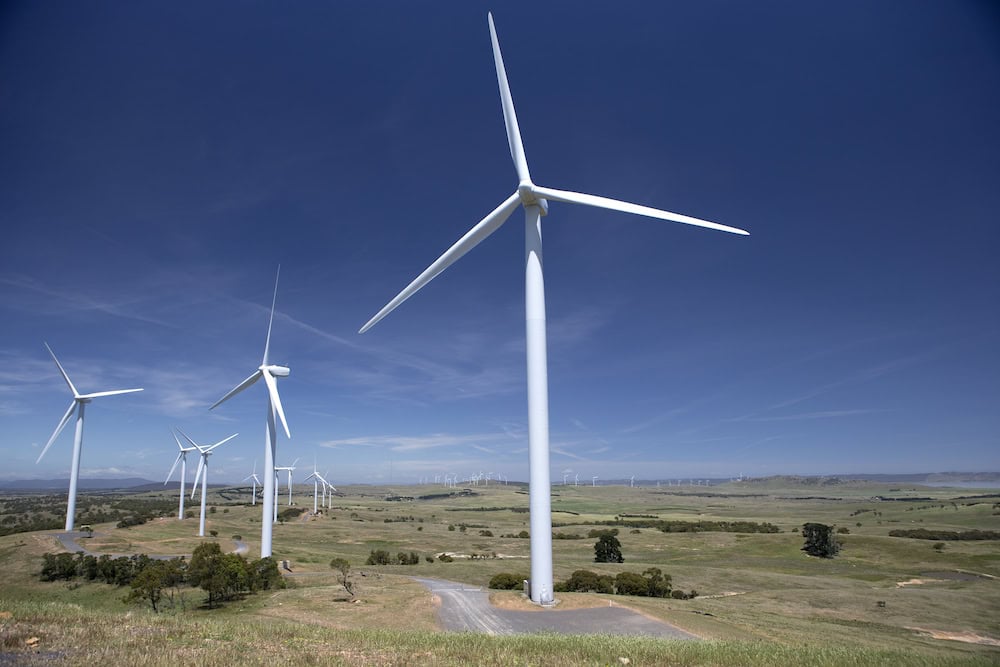
Chair of the NSW Farmers� Renewable Energy Transition Working Group, Reg Kidd, said enough productive agricultural land had already been lost to extractive industries and urban sprawl.
�Some regional areas are also undergoing change with urban sprawl and an uptick in boutique farming and agritourism ventures. What we need to remember is that agriculture remains the economic dynamo and social heartbeat of most rural and regional towns, and the state cannot afford to compromise the future use of productive agricultural land,� Reg says.
�An effective planning strategy balancing agricultural production with a growing list of other land uses will be the most important legacy any state government can leave for agriculture and our nation�s food security.�
If you enjoyed this feature on NSW Farmers‘ priorities ahead of the state election, you might want to read our feature on the federal election candidates in March 2022.


